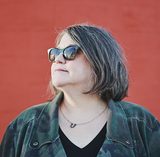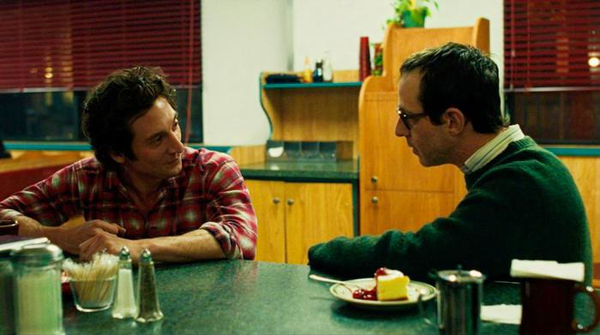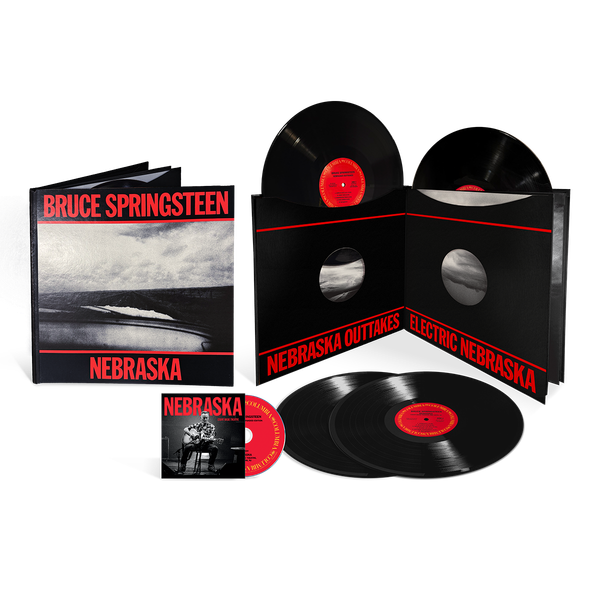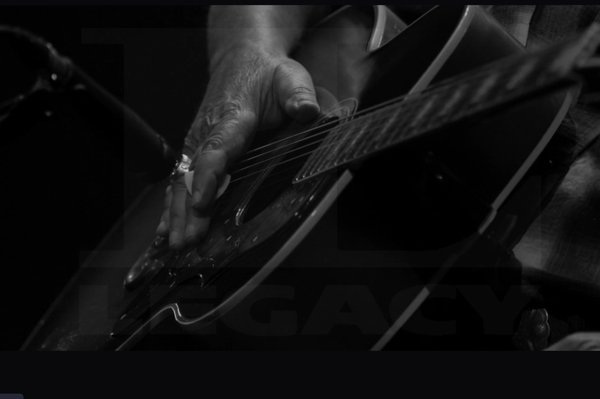Three Minute Record: Bob Dylan, "I Want You"
"It was real, real as hell."
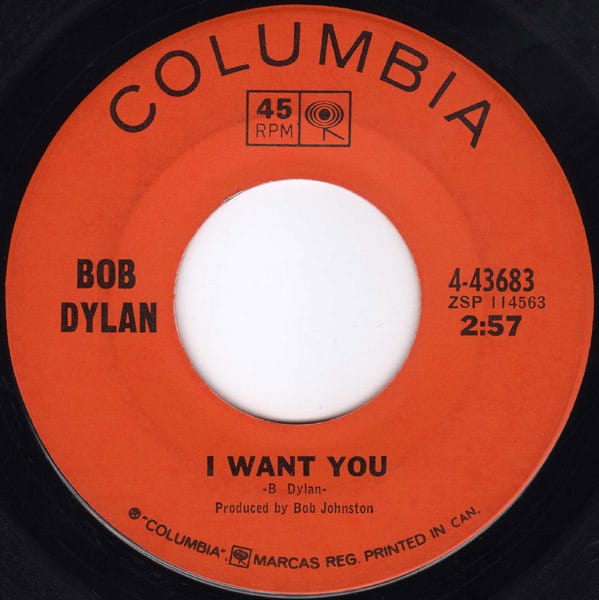
Welcome to Three Minute Record, the edition of this newsletter where we dive into Bruce Springsteen’s best cover versions. You can read more about the purpose of this exercise here and see other volumes here.
In this edition, we discuss Bob Dylan's "I Want You."
“I Want You” is the song that opens side two of Bob Dylan’s seventh album, Blonde on Blonde. According to historian Clinton Heylin, it was the last song recorded for these sessions, tracked at between three a.m. and seven a.m. on the final day in Nashville’s Studio A with the help of the “Nashville Cats,” a locally renown group of young studio musicians. Musically bright but lyrically elusive, in some ways the song feels counter to the environment one imagines in that hour of the morning: the stress of trying to finish one more song before heading back out on the road, the late night exhaustion, nerves on edge.
Maybe that's what fueled the track. On the surface at least there's a disconnect between the sharp imagery of the verses that's delivered in a straightforward, descriptive fashion, while on the verses you feel the yearning and the loss and the borderline despair. It’s a lament, a love song, a treasure map, a cypher; within the verses you allegedly – according to the Dylanologists – might find Brian Jones or Nico. There’s been a lot of words rightly written about Blonde on Blonde but not as many specifically around this song, at least in service in attempting to find some clues as to what specifically caught Bruce Springsteen’s attention and made him want to attempt his own interpretation at the end of 1974.
Dylan didn't perform "I Want You" live until 1975, despite it being released as a single and going to #20 on the Billboard Hot 100. “I Want You” was a hit, and it was certainly a song that people would have wanted to hear. But clearly at the time, it wasn’t a song Dylan wanted to sing. I think it was a hit because of the poppy, almost cheery melody of the verses and the words in the chorus -- hey! it's a love song! -- but as history has shown us time and time again, people (at least the people that put songs in the top 20) do not listen to the lyrics. When Dylan did finally play it, he'd refashion it, maybe because of that disconnect between the verses and the chorus, or for any number of other reasons we'll never know.
“People were concerned about what was happening with you and the band, and I can tell them that everything is working out fine, including your new violin player.”
“Yeah, that’s Suki, the guy that does the engineering on our albums, Louis, that’s his wife...she sings all the background on ‘Sandy’ from the Wild & the Innocent album, and she’s been playing with us for a couple, for 2-3 weeks and it’s really sounding nice.”
Ed Sciaky and Bruce Springsteen on WMMR, November 3, 1974
Most Springsteen (and Dylan) fans are acquainted with Bruce’s cover of “I Want You” because of its performance at the Main Point on February 5, which (as previously discussed) was broadcast on WMMR and thus made its way out into the wider world for anyone to hear it. But despite that phenomenal interpretation, “I Want You” had a very short shelf life on E Street, which directly maps to violinist Suki Lahav’s tenure in the live show, which began at Avery Fisher Hall on October 4, 1974 and ended on March 9, 1975 at Constitution Hall in Washington, DC.
The earliest circulating tape we have of “I Want You” is from November 29, 1974, at a show at the War Memorial in Trenton; that’s more or less the earliest documented appearance of the song (see the sidebar at the end of this piece for some potentially annoying archivist inside baseball on this subject), except that in that November 3 interview on WMMR, while discussing the previous night’s show at the Tower Theater, Bruce and Ed specifically mention that “I Want You” was performed. (Sadly, they do not discuss the song or its performance at any length beyond a passing mention.)
As I wrote in the essay about the February 5, 1975 show at the Main Point:
“The song without her violin would be beautiful but not exceptional. Bruce orchestrates a version of the song with piano and melodica and violin that wouldn’t have been out of place a year and a half later on Dylan’s Rolling Thunder tour, but the instrumentation, with the mix of both Danny Federici and Roy Bittan and their wildly disparate approaches, is probably closer to something the Band could have managed to manifest.”
Bruce completely takes the song apart and brings it to the Asbury Park boardwalk. The keyboards and the melodica sound like a carnival, but not the wholesome middle-of-the-day, kids-and-families carnival, but rather the darker side around the edges. Suki's violin maintains both that noir and adds an absolutely exquisite tension. I don't know that I buy the story that the two were having an affair (more on this in a bit) but when you listen to it I understand why people might think they were.
But the main difference between the original and the Springsteen version is that Bruce brings the obsession that's front and center in the choruses and weaves it into the emotional and lyrical delivery of the verses as well. Once you're on his ride, it doesn't stop spinning. It’s a magnificent performance, an absolutely phenomenal interpretation and definitely Bruce’s best Dylan cover.
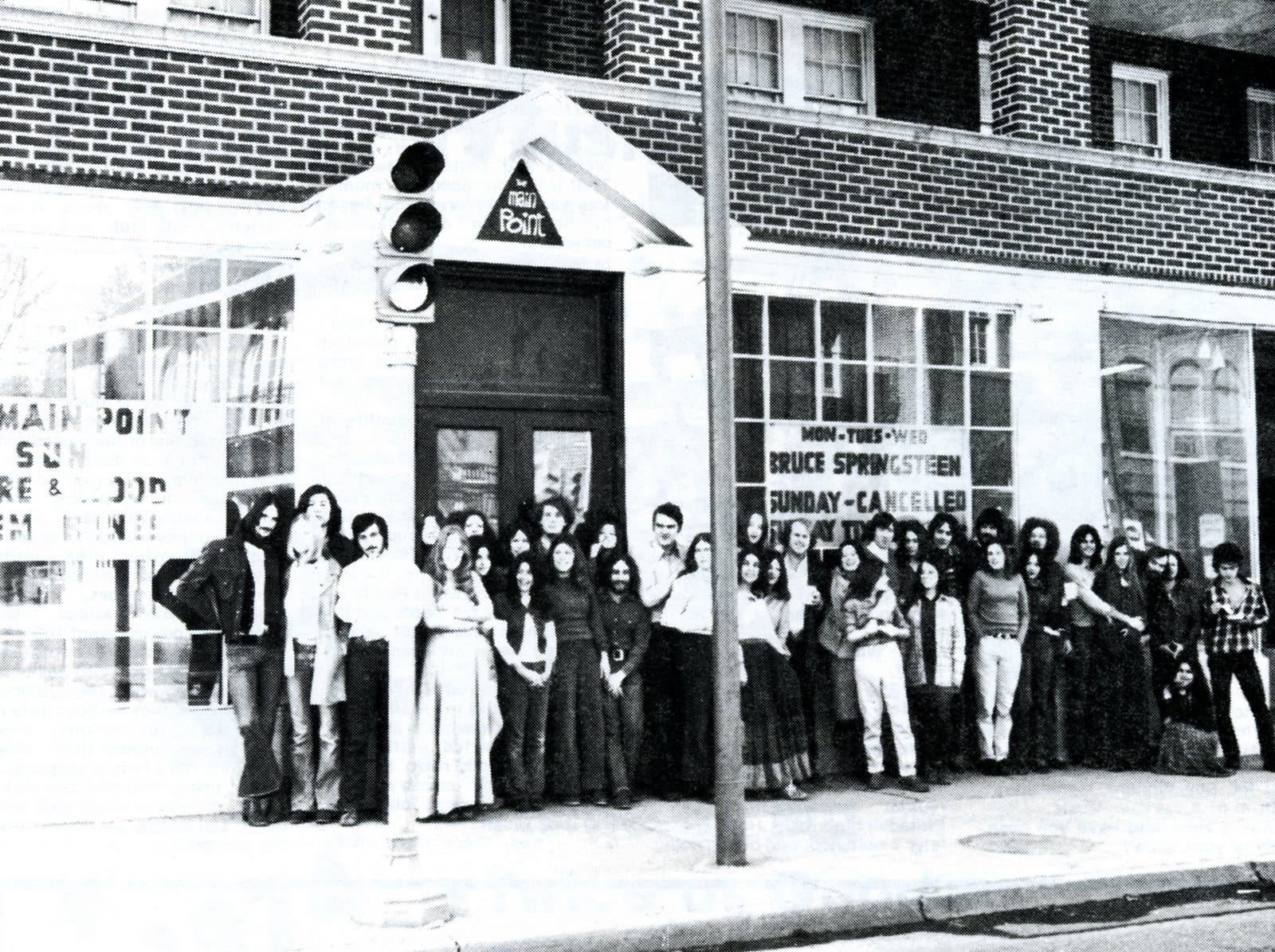
It seems reasonable to draw the inference that the reason we never heard this song again after Suki and her husband left the States is because Bruce did not have a violin player any more, and replacing her for the Born to Run recording sessions after her departure or for the ensuing tour didn’t seem to be a priority or it would have happened. Following that, it also makes sense that in the Lawsuit Era, the last thing the E Street Band needed was another band member on a what was already a very tight payroll. And by the time Bruce Springsteen resolved all of those difficulties, the energy of the band and the music had shifted.
Bruce's leanings towards myth-making, telling long stories, and a lighter, playful ambiance morphed into new forms. There were aspects of those elements that remained, just in different manifestations. The songs that Suki had played a role in had evolved in her absence, and the nature of the set and the presentation of the material live onstage changed even in the short distance between the beginning of 1975 and when the band got on the road for Born to Run. I’d also argue there wouldn’t have been any room for her on the Darkness stage musically or energetically.
Part of it is the NO GIRLS ALLOWED atmosphere of that particular treehouse, but despite David Lindley – who Bruce met through Jackson Browne – getting invited to participate in the Darkness recording sessions, it's not something that was pursued or at least not in an actionable way. Maybe if Suki had remained in the States the evolution of the E Street Band would have been different, but she did not, and we have the history that we have.
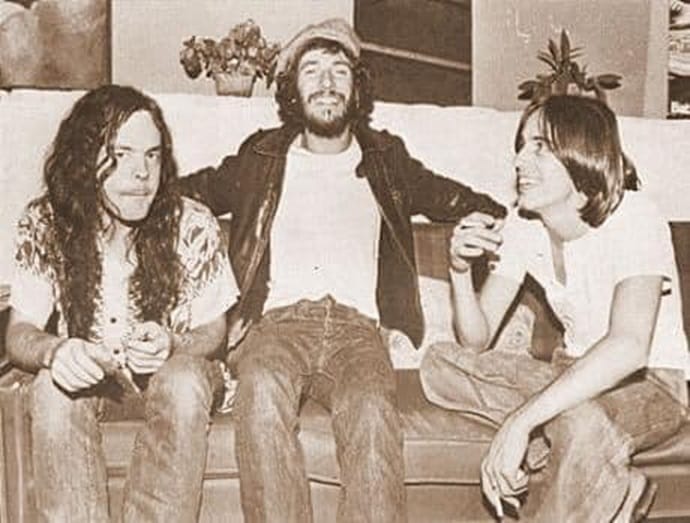
In the Main Point essay I originally noted that Dylan didn’t play the song live until 1976 but that is incorrect; he played it live for the first time at the SNACK Benefit in San Francisco in March of 1975, and then a handful of times on the 1976 Rolling Thunder outing. Dylan didn’t perform it with anything resembling regularity until 1978. So it’s not that Bruce went to see Bob and was inspired by hearing the song live and decided to try it out.
However, we may have our answer in an interview he did with journalist Michael Watts for the UK’s Melody Maker in November of 1974, while the band were in Texas for the first time. (Some sources try to claim that the interview took place the day after the first documented performance but that's confusion over what a magazine's cover date signifies.)
Bruce says, "You've got to be able to see yourself for what you are, and not until then can you improve on what you are and be what you want to be. But people throw it away for a hoax, the Big American Hoax. For me. I can't deal with life in reference to governments and politics, I have to deal with it on a personal level.
"If you look at Bob Dylan, that's what he was doin'. 'Blowin' In The Wind' was all right, but I don't like it half as much as 'I Want You', 'Like A Rolling Stone', or anything on Blonde On Blonde.
"'I want you' — that's it, that's the ultimate statement you can make to anybody. What else can you say? And that's the greatest lyric in the song, those three words, in the whole damn song!
"I put that on, man, and I get blown away, I get blown down the street, cause there's no hoax there, it was real, real as hell."
That sentiment makes absolute sense to anybody who’s been impacted by any song by any musician. But it's also exactly what Springsteen's version of "I Want You" sounds and feels like. Real as hell.
Circling back to the connection between Suki Lahav’s presence in the band and the appearance and then disappearance of this song, and the elephant in this particular room: according to Mike Appel in his memoir, the reason that Suki and her husband left the country is because allegedly Bruce and Suki became involved romantically and they left to try to save their marriage. There are also various contemporaneous fan reports that allude to a certain “heat” between Bruce and Lahav onstage.
But here’s the thing: it was the 1970s. The presence of any woman in any space that was traditionally male always meant that someone was going to see vibes even if there weren’t any or if men and women were just normally collegial. And definitely in the 70’s, it was automatically assumed that the presence of a woman in a rock band could only mean one thing, and that was that she had to be involved sexually with someone else in the band. This context isn't irrelevant.
But it also does not matter. "I Want You" is an amazing cover that Bruce stopped playing after he lost the violin player he'd created the version with and he had more important things to deal with, first and foremost his own songs. By the time he was done with the record the live show had shifted, not just because Steve Van Zandt was now part of it.
I Want You - Live from the Main Point
annoying archivist sidebar
Anyone who’s spent any time poking around Brucebase in these early years already understands that nailing down setlists for these very early years is a challenge. A lot of great work has been done over the years by people digging through old newspapers for reviews and pulling together any songs mentioned and trying to map them to typical setlists of the time.
In the case of “I Want You,” Brucebase claims it was performed 11 times, but at least two of those performances are based on “attendee recollections” and without something more than a concert-goer’s memory to rely on decades later, I am personally and professionally not willing to accept those at face value without some more documentation as to why the keepers of the database felt that these reports was sufficiently authoritative. (On the other hand, despite both Bruce and Ed Sciaky stating on air that “I Want You” was performed at the Tower in Philly, Brucebase does not include that show in the list, but that may just be an oversight.)
The reason I’m including any of this here is because the earliest date they attribute to “I Want You” is a concert at Trenton State College on November 11, 1973, based on the recollection of a Jersey Shore musician who attended the show. I find this dubious because the version with Suki Lahav is so unique and distinctive, and there are no other reports of the song being played until November the following year. If it was a song that Bruce truly felt compelled to cover, he would likely have tried it at least a few more times.
This theory is based on the logic that many of these early reports for which there is no recording rely on college or local newspaper reports of the show, and “I Want You” was a fairly successful song by a massively popular artist. It is exactly the type of note that would get mentioned in mainstream news reporting because in a set where the writer might not have been familiar with Bruce Springsteen’s repertoire, most reporters being sent out to cover a concert would at least recognize a popular song by Bob Dylan.
I'm not disparaging the thankless work being done by everyone who's contributed to Brucebase. I am one of those people, and from past experience, I know how much work it is to maintain a resource like that. The reason I am including this note is for future researchers who may wish to understand why this account differs from the accepted authority.
end annoying sidebar

